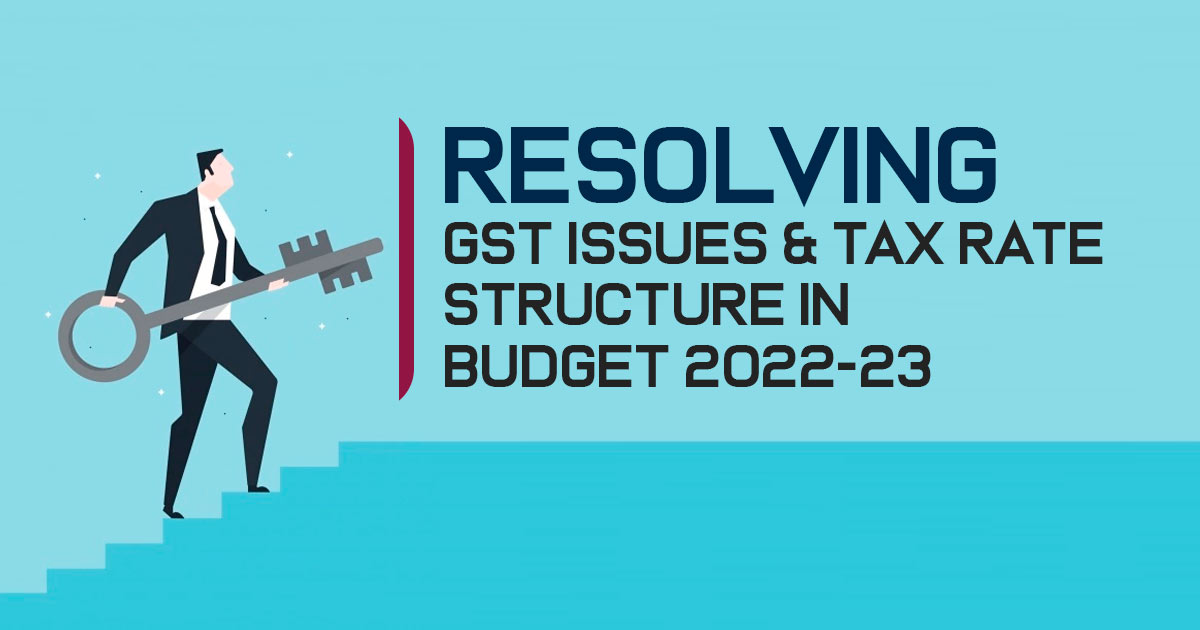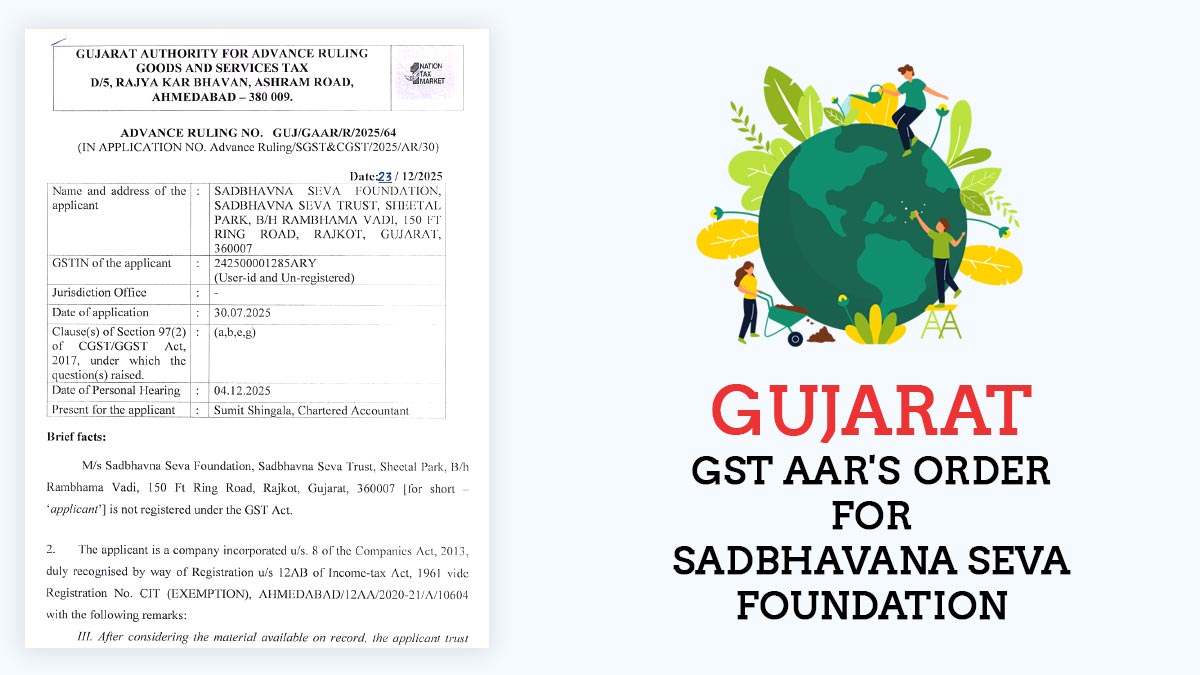
Before the Union Budget 2022 which is to be announced on 1st, Feb 2022 businesses see the amendments and the reliefs in context to the fiscal year. People are seeking economic recovery and simpler compliance because all see towards the investment for India which proceed to the faster-growing economy in the world while the others are inclusive and sustainable.
The forthcoming Union Budget 2022-23 will be critical from sustaining the growth turnaround after the induced stress of the Covid-19 pandemic. Covid-19 influenced the business and households, GST collections get rises. Because of the economic recovery, the same positive trend seems to be carried on and the anti-theft implementations via business intelligence and Fraud Analytics (BIFA) tools and Memorandum of Understanding (MoU) between Central Board of Indirect Taxes and Customs (CBIC) and (Central Board of Direct Taxes) CBDT for frequent exchange of data. With the means of digitalization of tax administration, the government will solidify the same.
The technology could help in resolving issues and finding out the bogus people which in turn recovers the lost revenue, improve taxpayer morale, and restore trust in the system. The tech solutions would diminish the informal activity and rectify the tax operations of the head and their interaction and connections with the assessee.
Inside the upcoming budget, the discussion of the demand for a simplified tax structure with fewer tax slabs, zero multiplicity in taxes, and more effortless flow of ITC in the system are expected. A number of items under the 28% tax slab have drawn in the former years, the achievement of the rate rationalization is partial. However, there is much more requirement that is to be executed to have the demanded rationalization of GST rates to make the tax slab easier and enhance consumption.
“Litigation proceedings have almost come to a standstill owing to the prolonged pandemic.” The assessee hopes for the budget to provide a complete plan to diminish the due litigations and tighten the clearing of the due cases. “The government might recognize widening the ambit of cases eligible for settlement under the Sabka Vishwas Legacy Dispute Resolution Scheme (SVLDR).”
Under one time measure, the government might acknowledge compounding demands, including cases of custom duty. Moreover, SVLDR might indeed undergo cases in which only interest liability is beneath the conflict. In another way, the government might acknowledge introducing a separate amnesty scheme, especially under Customs and with the other glitches which must assist to clear the due litigation and increase the revenue for the government.
For enhancing the working capital, the assessee is seeking ITC eligibility at the expense of the businesses. There is still clarity needed on the admissibility of ITC for the costs attracted to CSR executions and the pandemic. These supplies are been taken under the business and complained by law the industry gives the advice to claim the ITC of GST imposed on the supplies must not be in conflict.
Inverted duty structure demand is another typical area that needs evaluation. The government is trying to discuss within the industry. Moreover, the industry is urging for the allowance of the refund of the ITC concerning the input service beneath the inverted duty structure that is presently not being permitted which results in higher business costs.
Moreover, there are delays in the processing of the GST refund inside distinct classes which leads to the working of the capital crunch on businesses in which there is a duration of law for 60 days of disbursing the refund amount. Moreover, the firms expect some major decisions opted in GST officials meetings to be executed via asked legislative amendments via finance minister.
In the former budget, various privileges concerned with the customs duty were withdrawn. Over 400 old exemptions seem to get examined in the subsequent time. “The outcome of this revamp would be critical in providing the much-needed push to India’s pursuit of ease of doing business and enhancing its global positioning.”
It is expected from the union budget to address the glitches of demand generation, job creation, and economic growth the same must be turned around the measures to stabilize and recover the economy from the outcome of the pandemic focuses on the particular sectors and digitalization. From the last two waves, the economy gets on track however the right policy measures aimed for the economic revival will be the measure in finding out how effective India will come out from the troubles after the pandemic and proceed towards the future.









